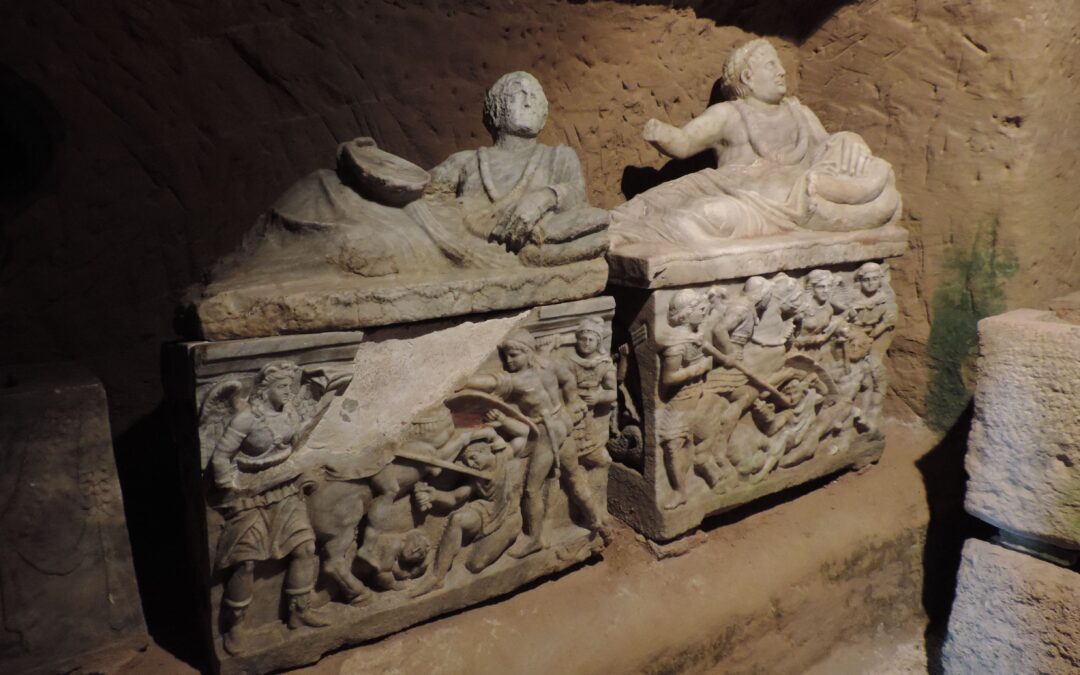The Etruscans were a population that lived in the ancient Italy between the ninth century B.C. and the first century B.C. in an area called Etruria, corresponding roughly to Tuscany, western Umbria and the northeastern part of Lazio.
The Etruscans or Tusci, were the most important population of Italy before the expansion of Rome, renowned in ancient times for its rich mineral resources, and known as one of the major trading powers of the Mediterranean.
During you holiday in our farmhouse with swimming pool is located in this area on the border between Umbria and Tuscany, an area full of Etruscan history.
A few kilometers from us, there are several museums where our guests can deepen the culture and traditions of this fascinating population.
National Etruscan Museum of Chiusi
Established in 1871 and housed since 1901 in a neoclassical building. The museum preserves numerous finds of rare value, distributed on the two floors of the building and exposed according to thematic and chronological criteria. With the museum guide you can also visit the Tomb of the Pilgrim and the Tomb of the Monkey.
Archaeological Museum of Chianciano Terme
This museum is considered one of the most beautiful Etruscan museums both for the richness of the exhibits and for the evocative setting up, both for the attention to the welfare of visitors, and for the friendly appearance of the structure and operators.
More than a museum it has been defined a complete, but not boring, exhibition on the Etruscan civilization.
Antiquarium of Castiglione del Lago
The Antiquarium was created thanks to the commitment and generosity of some members of the Archeo Trasimeno who donated to the municipality of Castiglione del Lago most of the exhibits on display in showcases. Two rooms of the Palazzo della Corgna have been reserved to Etruscan tombs and Roman finds partly already owned by the municipality and partly donated by private citizens.
Museum of the Etruscan Academy of Cortona
The Museum of the Etruscan Academy and the City of Cortona is a unique reality, with a very rich collection that brings together all the materials found in the territory of Cortona from the nineteenth century to the present day. The underground route, has brought out an impressive Etruscan wall along more than 15 meters and the great Etruscan tombs of Sodo and Camucia. All with an exemplary communication system, both traditional and multimedia, entirely bilingual and in Braille.

